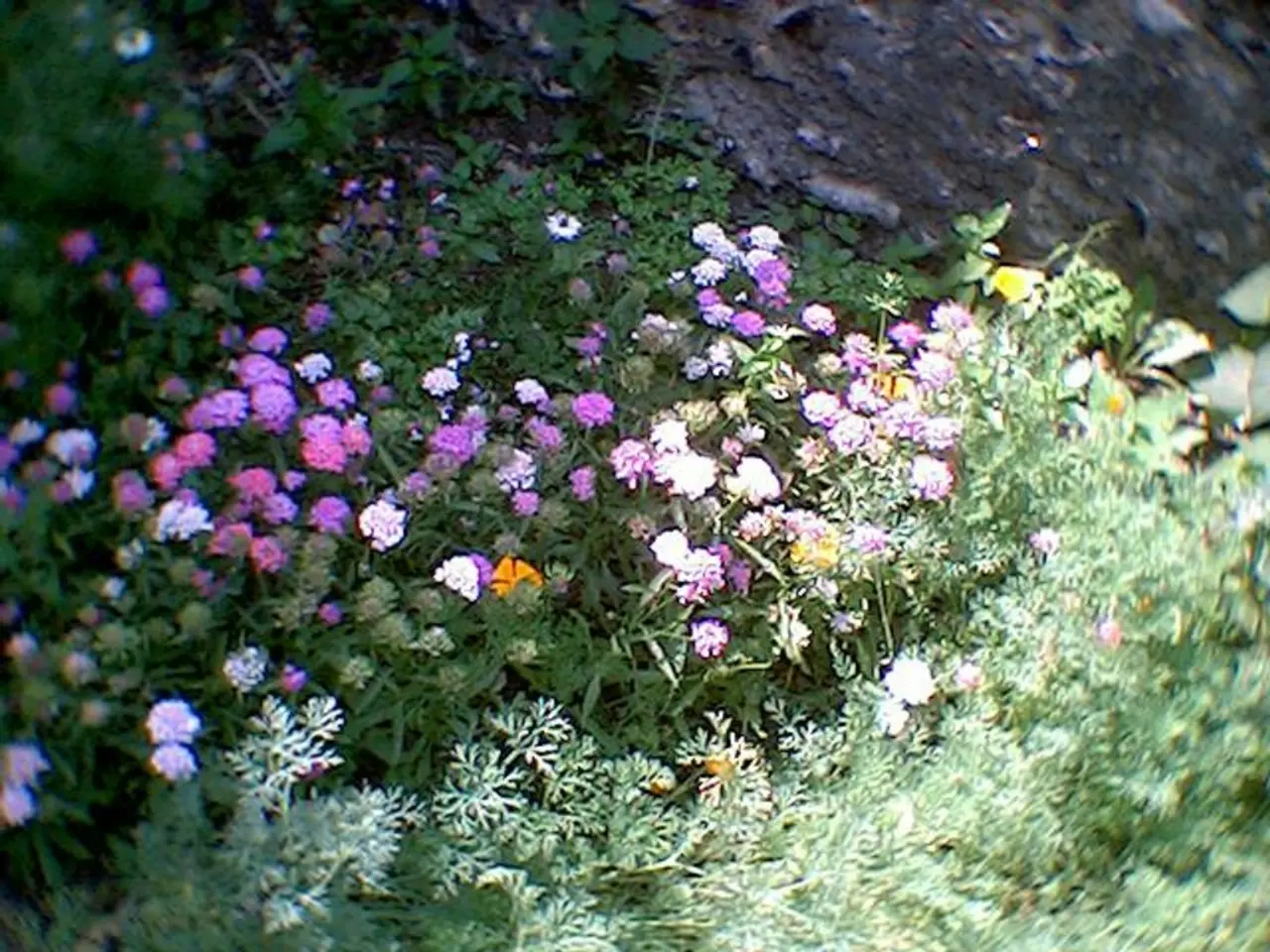Thriving Plants for Terrariums: Suggestions from the Pros
In the world of terrarium gardening, compact, visually striking plants thrive in the humid and low-airflow environment of closed terrariums. Here are some of the best options to consider for your next project.
Fittonia, also known as Nerve Plants, are small, ground-cover plants that boast vibrant and distinctive leaf vein patterns. They are low airflow tolerant and thrive in humid, low-airflow conditions, making them perfect for closed terrariums.
Peperomia species are compact and versatile, with varied leaf shapes and colors. They tolerate closed spaces well and prefer high humidity, making them an excellent choice for closed terrariums.
Pilea plants, with their textured leaves and sometimes variegated foliage, are another excellent option. They are well-suited to terrariums due to their preference for stable, moist air.
Compact ferns, such as the Fluffy Ruffles Fern (Nephrolepis exaltata 'Fluffy Ruffles'), are also popular choices. These ferns are compact, full-looking, and one of the favorite small terrarium plants due to their delicate texture and lush green foliage.
For a more naturalistic touch, consider Ficus pumila. This vine helps create a sense of scale and provides a more natural look in your terrarium. It grows vigorously in humid and moist conditions.
Heart Fern (Hemionitis arifolia) is another charming option, with heart-shaped leaves and a manageable height of up to ten inches.
The Little Tree Plant (Biophytum Sensitivum) is a small tree-like plant that loves high-moisture environments and can help create a palm-like tropical aesthetic in your terrarium.
If you're looking for something unique, the Peacock Plant (Selaginella uncinata) is a hardy and easy-to-grow terrarium plant with iridescent blue foliage.
Lastly, the String of Turtles (Peperomia prostrata) is a tiny tropical semi-succulent that has become popular in terrariums, succulent, and houseplant worlds. It's easy to grow and propagate, with leaf cuttings often leading to new plants.
While these plants are ideal for closed terrariums, it's worth noting that succulents or cacti should be avoided as they prefer dry environments and may suffer in the high humidity of a sealed container.
In terms of air plants (Tillandsia), while they can be visually striking and compact, they require good airflow, making them more suitable for open terrariums unless airflow is artificially maintained.
By choosing tropical, slow-growing, and humidity-loving plants like Fittonia, Peperomia, Pilea, and compact ferns, you can create a stunning closed terrarium that showcases exceptional beauty and character. Happy gardening!
[1] Terrarium Plants: A Comprehensive Guide (2021) [2] The Ultimate Guide to Terrarium Plant Care (2019) [3] The Best Plants for Closed Terrariums (2020) [4] Air Plants in Terrariums: A Guide (2018)
In the realm of fashion-and-beauty, choosing exotic, slow-growing, and humidity-loving plants like Fittonia, Peperomia, Pilea, and compact ferns can result in a visually striking and compact terrarium that mirrors the unique allure of a stunning compact handbag.
For food-and-drink enthusiasts wishing to incorporate the aesthetics of terrarium gardening into their culinary expeditions, consider organizing a collection of vibrant and distinctive leaf vein patterned herbs or miniature edible plants, much like arranging colorful spices in a spice rack or the assortment of fresh ingredients in a well-stocked pantry.
In home-and-garden designs, the lush green foliage and compact sizes of terrarium plants could serve as miniature living sculptures, complementing smaller spaces such as coffee tables or window sills with a touch of nature's beauty. Meanwhile, for travel enthusiasts, creating compact terrariums with an assortment of terrarium plants can serve as portable, low-maintenance companions, offering a piece of nature to accompany one's adventures.





